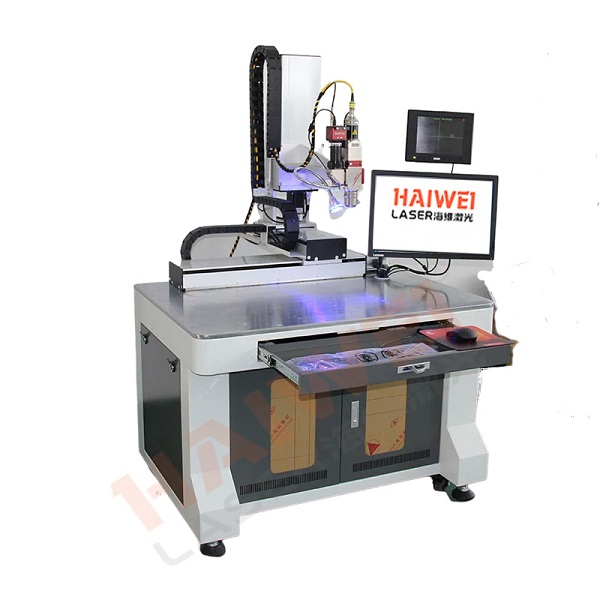Laser Welding Machine: Ensuring Consistent Weld Quality
Achieving reliable, high-quality welds in production depends on more than just laser power. A laser welding machine must combine stable beam delivery, precise motion control, and process monitoring to deliver repeatable results over time.

Stable Beam and Focus Control
Consistent weld penetration starts with a stable laser source. Fiber lasers with low beam divergence and high brightness ensure uniform energy distribution. Maintaining the correct focus position is equally important. Even small deviations can change weld depth. Modern laser welding machine systems use motorized focus control or auto-focus sensors to keep the beam spot size constant, especially on uneven surfaces.
Accurate Part Positioning and Path Programming
Weld quality begins with proper joint alignment. Fixturing ensures parts are held securely and consistently. For complex paths, programmable motion systems—such as XY stages or robotic arms—follow precise trajectories. Once a welding program is validated, it can be reused across batches, minimizing variation.
Real-Time Process Monitoring
Advanced laser welding machine models include monitoring tools like seam tracking, through-the-lens monitoring, or photodiode sensors. These detect fluctuations in the keyhole or melt pool, alerting operators to potential defects such as porosity or undercut. Some systems can even trigger automatic adjustments or part rejection.
Control Over Key Parameters
Operators set and record laser power, pulse shape, travel speed, and shielding gas flow. Repeatability comes from saving these parameters as recipes, reducing setup errors between jobs.
A high-quality weld is the result of system integration—optics, motion, sensing, and process control working together. When selecting a laser welding machine, focus on systems that offer process stability, parameter control, and diagnostic features. These elements ensure consistent weld quality suitable for demanding industrial applications.
Recent Posts
- What are the advantages of laser welding machines in lithium battery pack production lines?
- What issues should be noted when choosing a lithium battery pack production line?
- Quality Inspection and Control of Lithium Battery Module Pack Production Line
- Cell grouping and sorting process in lithium battery module pack production line
- What are the safety hazards of lithium battery pack production lines and how can they be prevented?
INQUIRY

